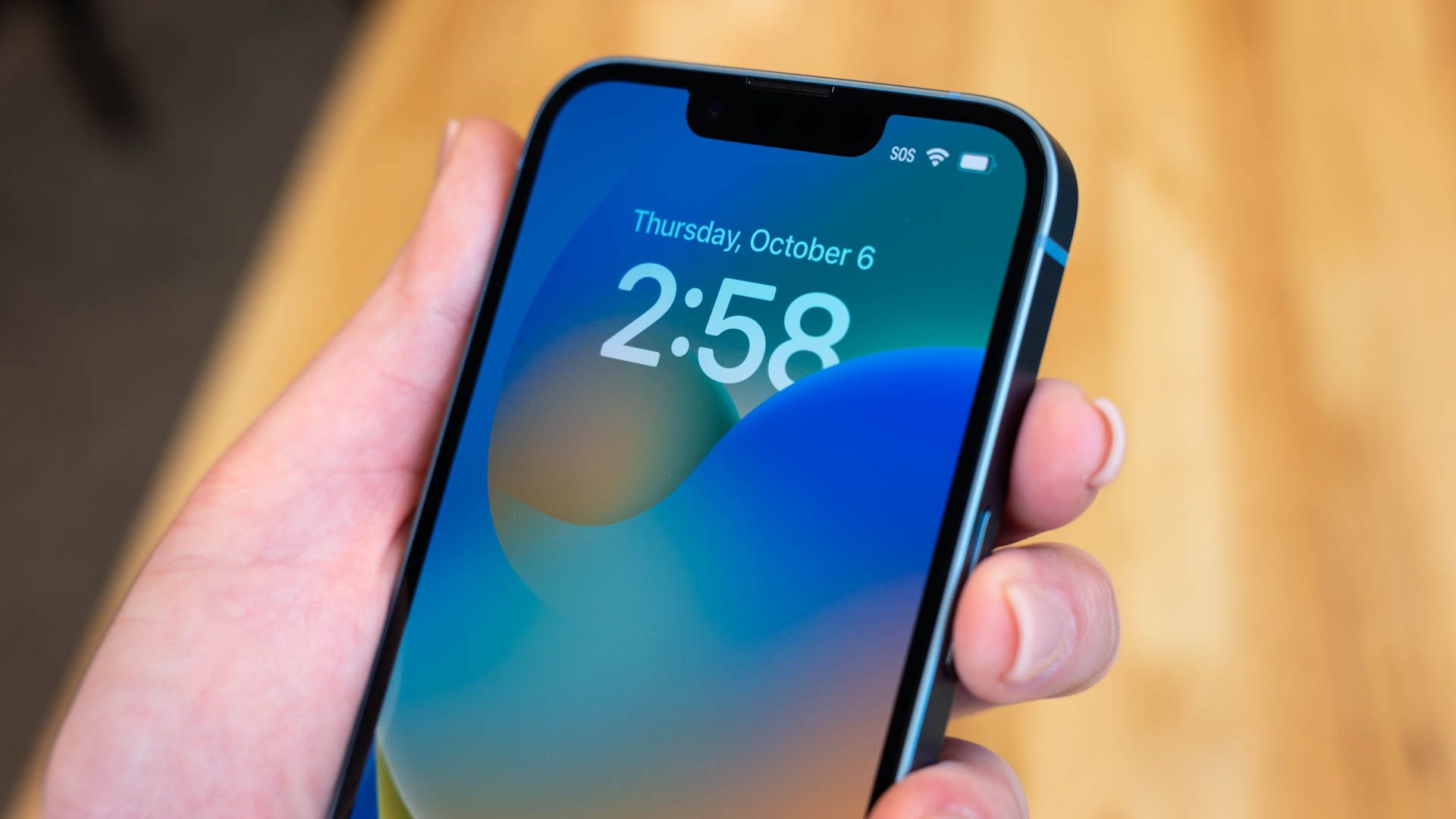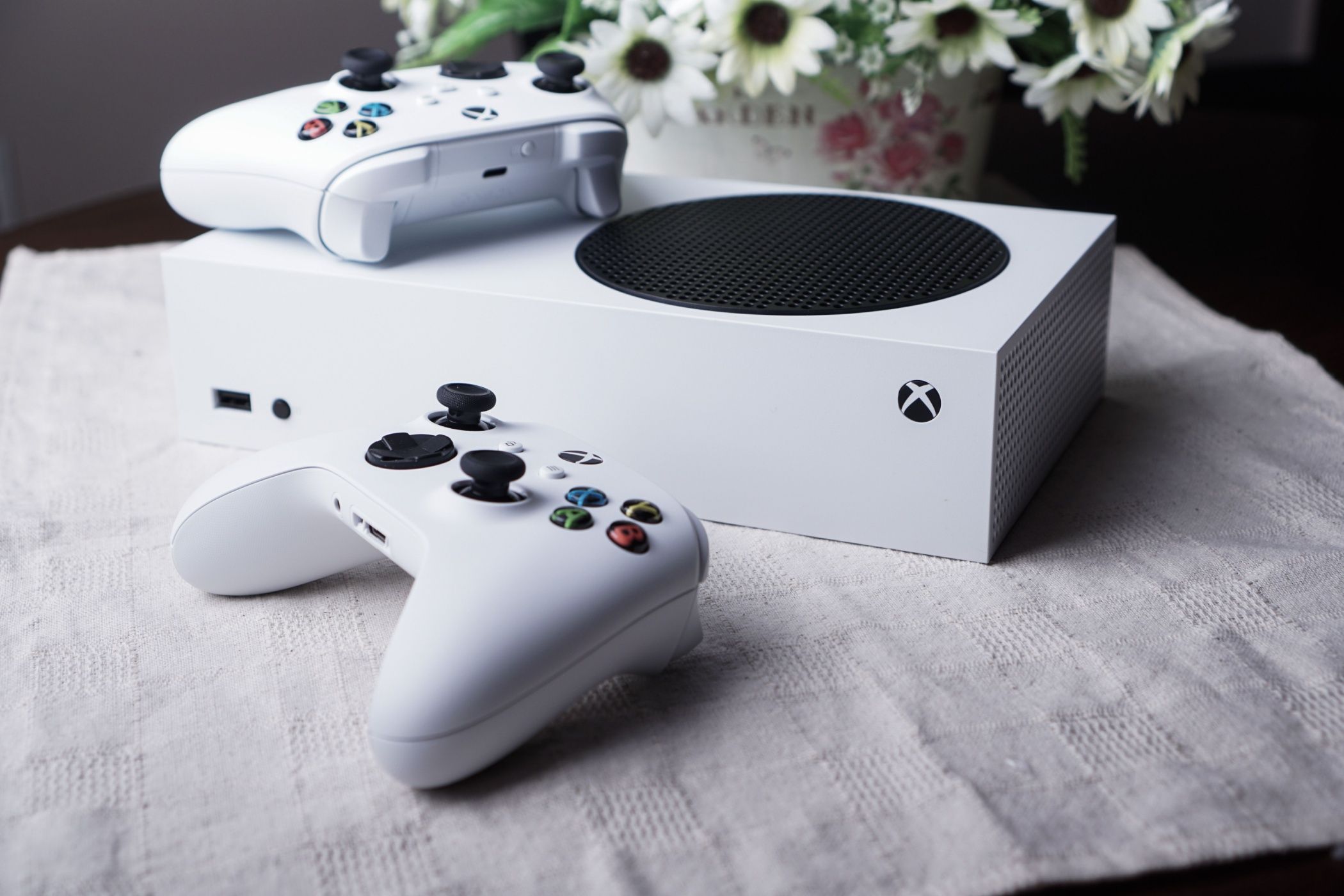Apple Loosens Its Grip on iPhone Replacement Parts
iPhone
If you replace your iPhone’s display or battery with a third-party component, Apple will disable some of the phone’s functionality. This is changing as Apple promises to improve support for third-party parts by the end of the year.
In its new “Longevity by Design” whitepaper, Apple states that it will soon provide True Tone support for third-party iPhone displays. This feature, which uses the iPhone camera and light sensors to improve the display’s visibility in different environments, was previously unavailable when using a third-party display. True Tone performance may be hit or miss, Apple warns, and users can disable the feature if necessary.
We’re also getting battery health metrics for third-party battery replacements. Still, Apple strongly discourages the use of third-party batteries. The company states that third-party batteries may be manipulated to report an inaccurate capacity or health (a warning which will be repeated in iOS). Plus, a decent portion of Apple’s whitepaper is dedicated to how no-name battery brands can be unsafe.
“We will not actively disable a third-party part designed to be manufactured to the same specifications of our products unless it impacts customer security and privacy, which is currently limited to biometric parts.”
While Apple is taking a more reasonable approach to third-party replacement parts, the company will still enforce some restrictions. If a third-party component is not designed to “the same specifications” as its first-party progenitor, it may be disabled. The extent of this restriction is unclear.
Components that are linked to user privacy or security, specifically “biometric parts” like the Face ID camera or Touch ID fingerprint sensor, mustbe manufactured by Apple. The company explains that third-party biometric components could be used to steal user data, and it cites last year’s BlueHat conference (in which researchers bypassed Windows Hello using third-party fingerprint scanners) as evidence of this threat.
Parts pairing—the act of identifying components that have been installed in an iPhone—will continue. Apple says that parts pairing is necessary for the consumer experience, as users should be warned when installing unofficial parts. Plus, internal components (whether official or unofficial) must be properly identified for calibration purposes.
Everything here seems fairly reasonable. Still, something that makes sense on paper may not be perfect in practice. And while I agree that parts pairing is a useful tool for hardware calibration, Apple has routinely weaponized parts pairing while insisting that customers who question the practice are confused or uninformed.
Note that regulatory action, rather than moral obligation, is probably the reason for these improvements in iPhone repairability. Several U.S. states have introduced right-to-repair legislation over the last year, and while such legislation may not explicitly mention third-party replacement parts, Apple is keenly aware that preemptive compliance can reduce the chances of additional regulatory action. Apple insists that its repairability improvements were in the works before right-to-repair legislation passed in Oregon and other U.S. states.
Increased support for third-party iPhone components will arrive “later this year,” presumably during the iOS 18 rollout. Apple also promises to improve the repairability of other products in its portfolio, specifically MacBooks, iPads, and the Apple Watch.
Source: Apple via The Verge












